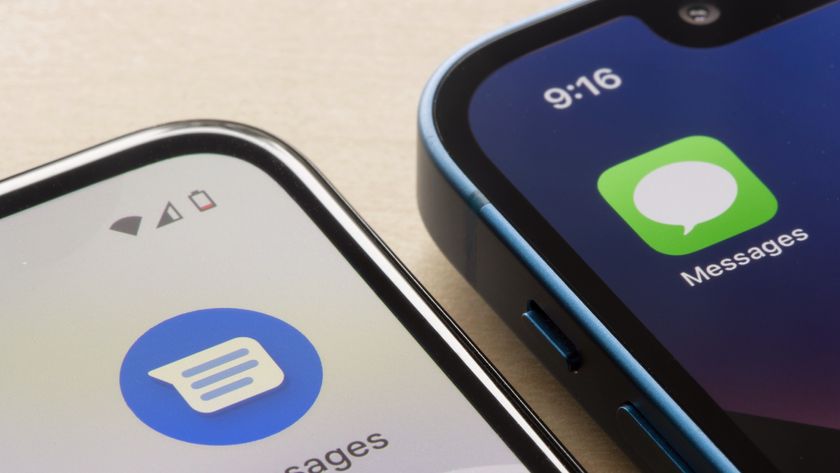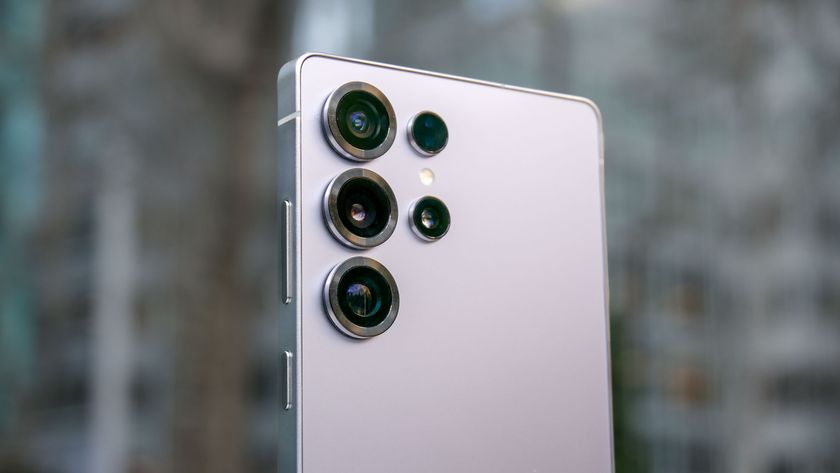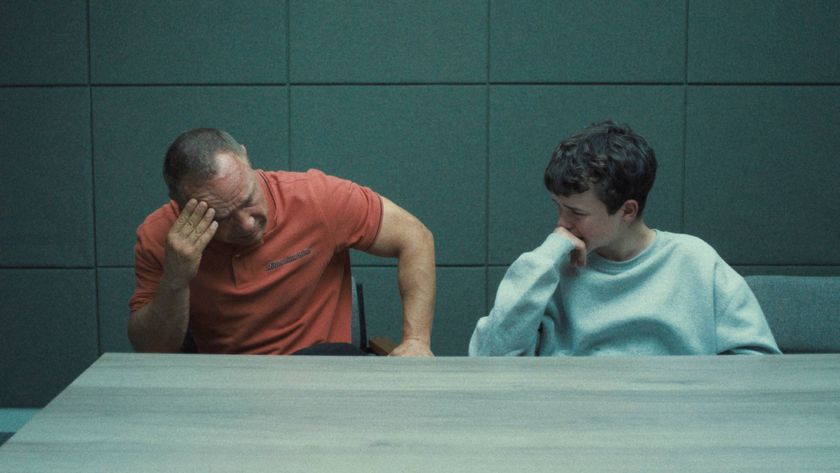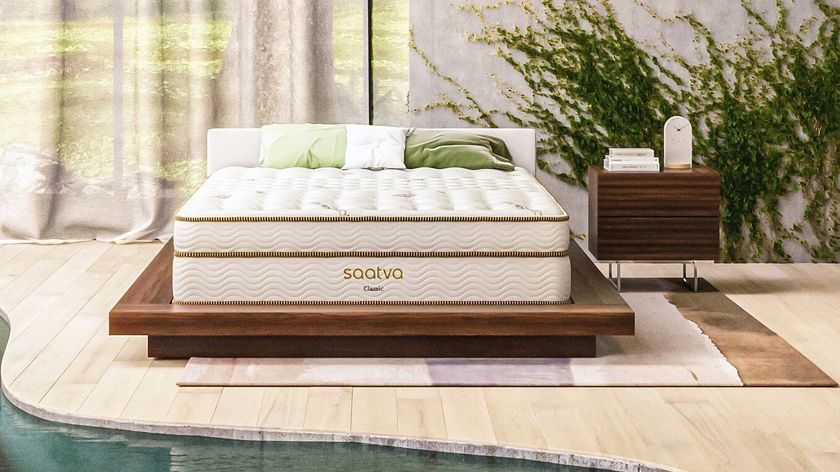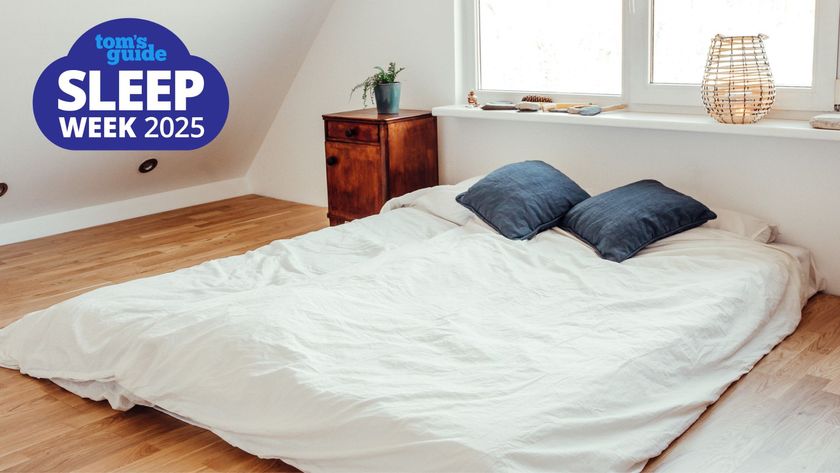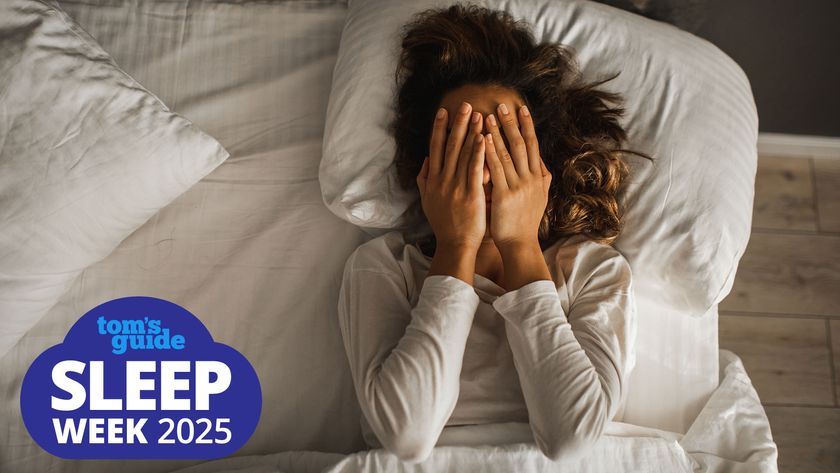When Should I Get a New Phone? Help Me, Tom's Guide
How late is too late to replace a smartphone? Here's a guide on when to upgrade.
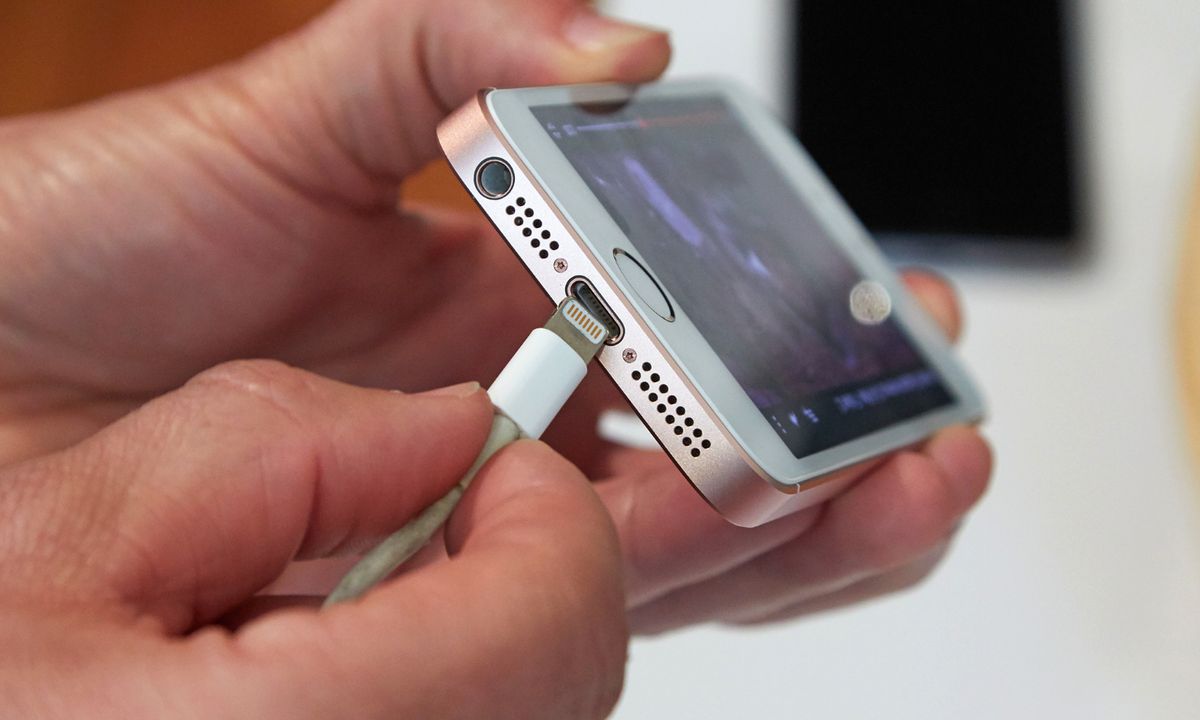
As fall inches closer — and the next wave of iPhones, Pixels and Galaxy Notes looms — prospective buyers may wonder if this is the year to upgrade.
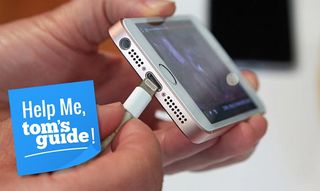
That brings us to an anonymous query posted on our forums: How do you decide when to replace your phone? Our forum user writes:
"I have a large nuclear family. Husband, wife, three kids. All of us have smartphones. We got into a debate about replacing our phones. My oldest and middle agree that phones should be replaced every 2-3 years. My husband is a believer that you should keep a phone until it either dies a permanent death or you smash it on accident. … Personally, being environmentally mindful and also tech-minded, I think there's a good middle line to walk when it comes to replacing a phone."
The pace of advancement in the phone industry is notoriously fast, encouraging many customers on the bleeding edge of new tech to dump their handsets every year in favor of the latest models. It's an accelerating cycle of consumption that worries environmental scientists, especially with United Nations researchers concluding that 80 percent of discarded electronics aren't recycled.
Surely you don't need to dump your phone after just a year of use (despite the imploring of carriers and their pricey yearly upgrade programs). But to get a more accurate answer to this question, we should take into account precisely what kind of phone we're replacing.
Flagship models — like the iPhone X, iPhone 8, Galaxy S9 and Pixel 2 — come equipped with the latest processors, displays, fast-charging battery tech and exceptional build quality (at least, usually). These are the phones that will last you the longest; their higher price tags reflect phone makers' expectations for you to hold on to these devices awhile. And truthfully, these phones are also exceedingly powerful for the types of everyday applications you'd probably use them for. In other words, unless you play a lot of graphically demanding games, you're unlikely to hit a performance wall.
For these high-end models, the battery will probably be the first thing to cause problems. No matter how much you spend, all batteries degrade at the same rate. And that degradation is quicker if you charge your device more often. As a personal example, my iPhone 7's battery capacity dwindled by 15 percent after about a year and a half of use. (Because I have a lengthy daily commute, I wound up replacing the battery.) Of course, your mileage will vary.
Battery aside, a flagship phone should last you two to three years easily, especially in the case of an iPhone, with this year's iOS 12 update placing an emphasis on performance improvements for aging phones. Beyond that, the answer depends on your patience. If you use your phone less, you're also less likely to notice when it doesn't launch an app as quickly or have quite the same longevity on a charge as it used to.
MORE: When Does an Old Smartphone Become Unsafe to Use?
But what if you have a midrange or low-end device, like something in the $100 to $400 range? In that case, you might have to retire it sooner.
The main issue with cheaper phones isn't really the less-powerful specs, although they play a role. Rather, it's a lack of ongoing software and security support, which depends largely on whether you buy an iPhone or an Android-powered handset.
Apple historically has supported iPhones with new software for upward of four years after release. For example, the iPhone 5s, released in 2013, will see an upgrade to iOS 12 later this year. However, iPhones also tend to be hundreds of dollars more expensive than their cheapest Android counterparts, even when Apple slashes the price on older models.
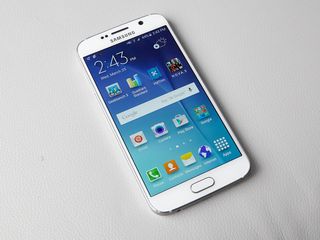
Meanwhile, budget Android handsets may see a year of updates at best. The Moto G6, one of our favorite phones at the $250 level, is confirmed to get only one significant upgrade, to Android P later this year or early next year. Beyond that, it will probably receive two years of security patches. Once that's over and done with, you can wave goodbye to new features, interface changes, improvements to efficiency and so forth. And to make matters worse, most devices below $200 never see major Android updates during their lifetime at all.
When your phone is out of the update window, it could begin losing support for new apps that require the latest software. Smartphones are nothing without their apps, and that dilemma imposes a hard limit on how many years you can expect to keep your phone. Even if you soldier on with the same outdated phone, that device could become unsafe to use after the security patches stop coming — especially in the event of a serious, operating-system-wide flaw, like Spectre or Meltdown, which affected mobile ARM chips and Intel's PC CPUs earlier this year.
In short, the answer to this question hinges greatly upon the type of phone you buy, how much you spend on it and what you use it for. If you can stand to use the same device until it croaks, more power to you — but it may be a tough task, as you’ll likely notice issues well before the device fully gives up the ghost.
If you buy a flagship handset and want to be responsible about your consumption, plan to hold on to your phone for at least three years or so, replacing the battery as needed. However, you may not be able to stretch that life span out as long if you buy a less-expensive model. And just as our anonymous forum user suggested, remember to always recycle your used phones.
Credit: Tom's Guide
Sign up to get the BEST of Tom's Guide direct to your inbox.
Get instant access to breaking news, the hottest reviews, great deals and helpful tips.
Adam Ismail is a staff writer at Jalopnik and previously worked on Tom's Guide covering smartphones, car tech and gaming. His love for all things mobile began with the original Motorola Droid; since then he’s owned a variety of Android and iOS-powered handsets, refusing to stay loyal to one platform. His work has also appeared on Digital Trends and GTPlanet. When he’s not fiddling with the latest devices, he’s at an indie pop show, recording a podcast or playing Sega Dreamcast.
